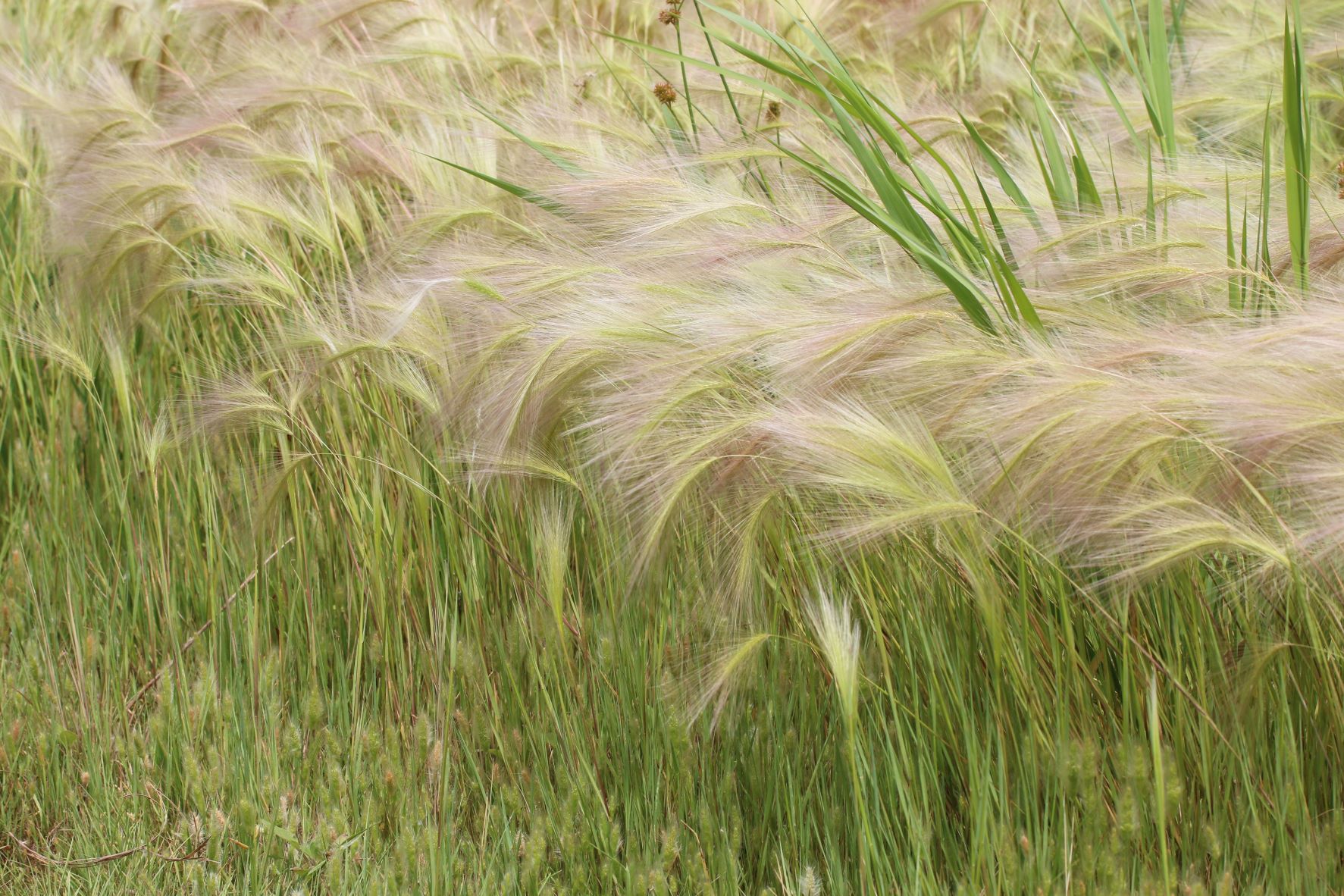April Newsletter

Foxtail Barley
Spring has arrived, and with it, so does the Foxtail Barley plant popping up in our ward. Foxtails are a native plant, often found in “disturbed” areas such as construction sites and roadsides.
The “foxtail” is made of seeds (known as “awns”). In the fall, these awns dry out and the foxtail breaks apart. Awns are dispersed by the wind where their sharp tips help them stick to new locations and grow by burrowing into the ground.
The City is legislated to perform control on plants classified as “Prohibited Noxious” or “Noxious” by Alberta Environment. Foxtails are not listed in the Alberta Weed Control Act. Though a native plant, Foxtails can cause issues for dogs as the awns can become stuck in their fur, paws, or facial features, creating a painful and potentially dangerous issue for pets.
What The City Does
A tailored approach to protect the natural environment to support its sustainability and the impacts on citizens and their pets. This may occasionally include manual removal in sensitive areas.
Raise awareness of the ecological benefits of this plant and the potential impact on dogs.
A pilot project was executed that planted micro clover and/or urban grass seed mix in attempt to mitigate the instances of Foxtail growth.
What You Can Do
In your garden:
- Cut Foxtails short prior to it going to seed.
- Hand-pull Foxtails as you see them.
- Pour boiling water on Foxtails to kill them.
For your dog:
- Avoid walking through areas with Foxtails, if possible.
- Keep your dog on-leash and within line-of-sight during walks.
- Keep dog fur short around paws, toes, and armpits.
- After walking, check dog for awns, especially in ears, crevices/skin folds, paws, and mouths.
- Remove awns with tweezers.
- If the dog is sneezing, shaking head, scratching, rubbing, or chewing right after a walk, take them to a vet immediately for analysis.
Categories: Foxtail Barley, General, Tips

